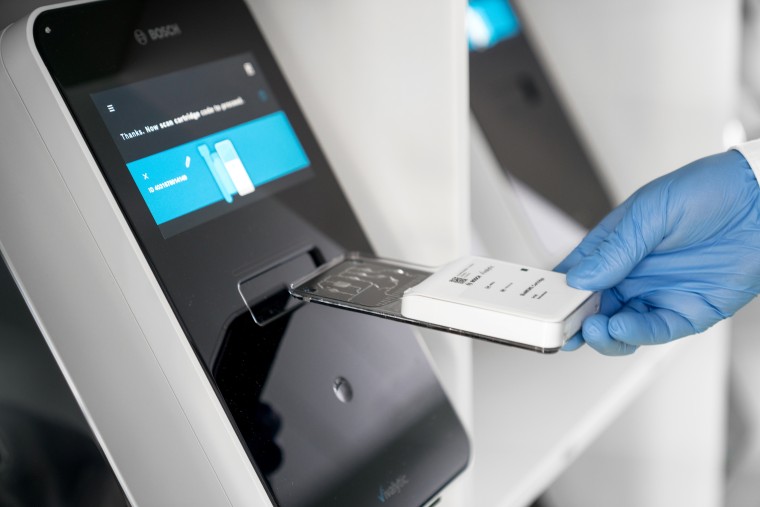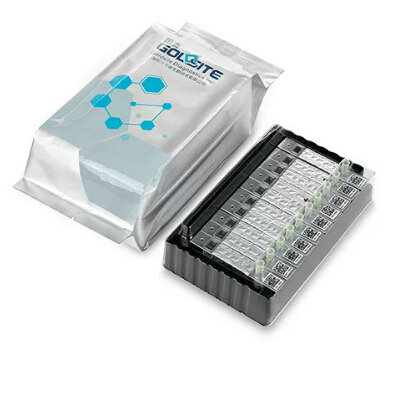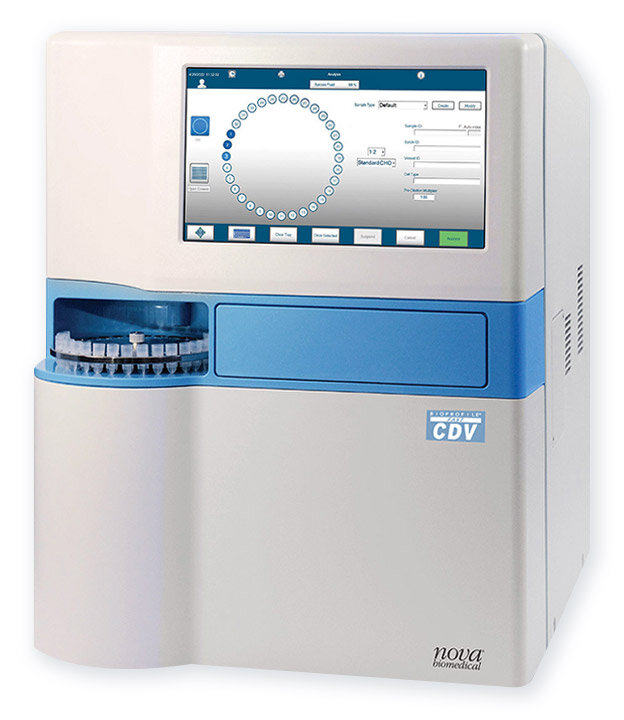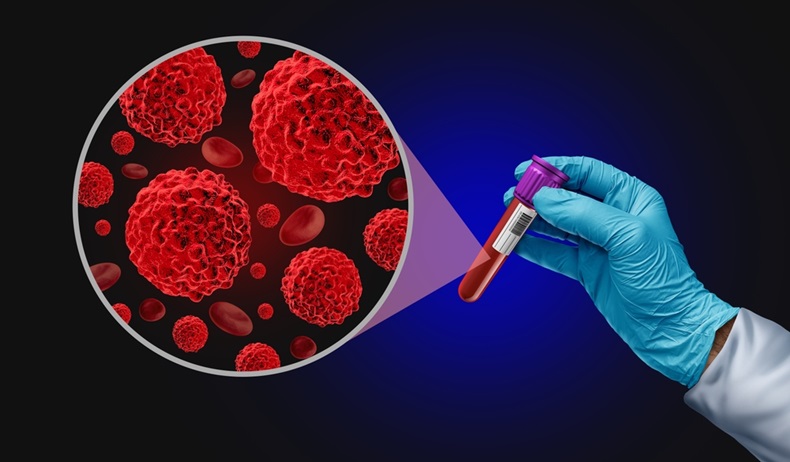Dengue Patients’ Hemoglobin Concentrations Compared by POC and CBC
|
By LabMedica International staff writers Posted on 06 Sep 2021 |
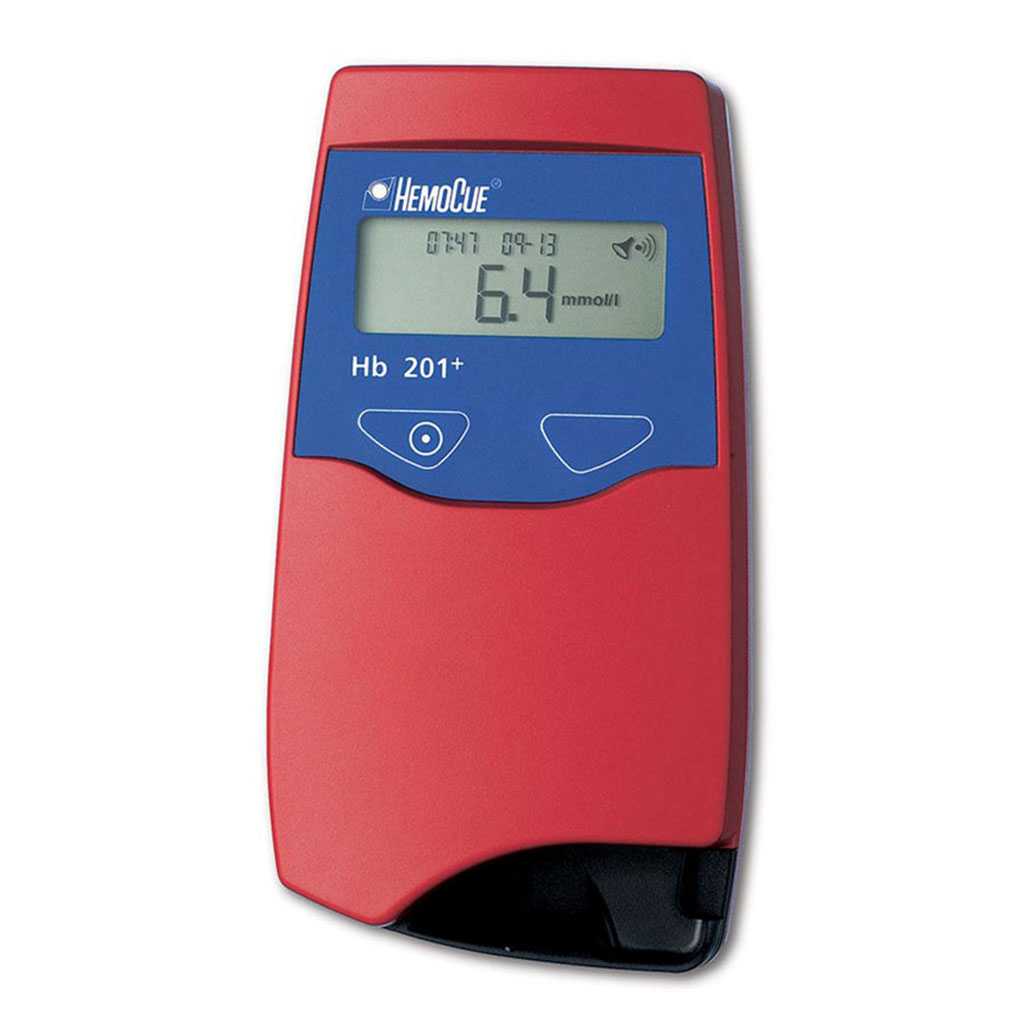
Image: The HemoCue Hb 201+ System Analyzer has become a standard in hemoglobin point-of-care testing (Photo courtesy of HemoCue AB)
Dengue is a mosquito-borne viral infection that is mainly found in tropical and sub-tropical climates. The natural history of dengue has the unique characteristic of plasma leakage that results in hemoconcentration as well as vasculopathy and thrombocytopenia that result in bleeding.
Hematocrit monitoring is a crucial tool to guide management in dengue patients. Microhematocrit adjunct with a complete blood count (CBC) to monitor dengue patients were traditionally performed to decrease the frequency of venipuncture. However, microhematocrit is currently less preferred to the point-of-care hemoglobin monitoring tools to measure red cells in other diseases.
A team of medical scientists at the Ramathibodi Hospital (Bangkok, Thailand) evaluated the relationship between hemoglobin measured by point-of-care hemoglobin (POC-Hb) testing and hematocrit measured by the automated method in adult dengue patients. A total of 44 dengue patients were enrolled. Twenty-nine patients (65.9%) were female, with a median age of 31 years (interquartile range 22–41). Of the enrolled patients, 30 (68.2%), 11 (25.0%), and three (6.8%) were classified as dengue without warning signs, with warning signs, and severe dengue, respectively. Seven patients (15.9%) had hemoconcentration, and five patients (11.3%) had bleeding.
The team measured a CBC by Mindray BC-6800Plus (Mindray, Shenzhen, China) at Ramathibodi Hospital, and Sysmex XN-3000 (Sysmex, Kobe, Japan) at Chakri Naruebodindra Medical Institute. POC-Hb testing was performed on capillary blood and read by the HemoCue Hb 201+ (HemoCue AB, Ängelholm, Sweden). POC-Hb testing was conducted by three physicians who were trained on the use of the device. Hemoconcentration was defined by an increase of ≥20% in hematocrit compared with a convalescent value. A total of 216 pairs of POC-Hb and CBC were evaluated.
The investigators reported that the medians of hemoglobin and hematocrit at dengue presentation were 13.8 g/dL and 41.6%, respectively. The medians of mean corpuscular volume (MCV) and platelets were 87.0 fL and 98,500/mm3, respectively. The team found a significant positive correlation was observed between hemoglobin measured by POC-Hb testing and hematocrit measured by an automated CBC. Bland-Altman analysis between hemoglobin measured by POC-Hb testing and an automated CBC showed a bias of -0.43. Using the cutoff of POC-Hb ≥20% as a criteria for hemoconcentration, the sensitivity and specificity of hemoconcentration detected by POC-Hb device were 71.4% and 100.0%, respectively.
The authors concluded that hemoglobin measurement using POC-Hb testing adjunct with CBC monitoring can be used to monitor plasma leakage as well as hemorrhage in dengue patients. The use of POC-Hb testing is less invasive and requires less blood compared to venipuncture for CBC evaluation. The study was published on August 16, 2021 in the journal PLOS Neglected Tropical Diseases.
Related Links:
Ramathibodi Hospital
Mindray
Sysmex
HemoCue AB
Hematocrit monitoring is a crucial tool to guide management in dengue patients. Microhematocrit adjunct with a complete blood count (CBC) to monitor dengue patients were traditionally performed to decrease the frequency of venipuncture. However, microhematocrit is currently less preferred to the point-of-care hemoglobin monitoring tools to measure red cells in other diseases.
A team of medical scientists at the Ramathibodi Hospital (Bangkok, Thailand) evaluated the relationship between hemoglobin measured by point-of-care hemoglobin (POC-Hb) testing and hematocrit measured by the automated method in adult dengue patients. A total of 44 dengue patients were enrolled. Twenty-nine patients (65.9%) were female, with a median age of 31 years (interquartile range 22–41). Of the enrolled patients, 30 (68.2%), 11 (25.0%), and three (6.8%) were classified as dengue without warning signs, with warning signs, and severe dengue, respectively. Seven patients (15.9%) had hemoconcentration, and five patients (11.3%) had bleeding.
The team measured a CBC by Mindray BC-6800Plus (Mindray, Shenzhen, China) at Ramathibodi Hospital, and Sysmex XN-3000 (Sysmex, Kobe, Japan) at Chakri Naruebodindra Medical Institute. POC-Hb testing was performed on capillary blood and read by the HemoCue Hb 201+ (HemoCue AB, Ängelholm, Sweden). POC-Hb testing was conducted by three physicians who were trained on the use of the device. Hemoconcentration was defined by an increase of ≥20% in hematocrit compared with a convalescent value. A total of 216 pairs of POC-Hb and CBC were evaluated.
The investigators reported that the medians of hemoglobin and hematocrit at dengue presentation were 13.8 g/dL and 41.6%, respectively. The medians of mean corpuscular volume (MCV) and platelets were 87.0 fL and 98,500/mm3, respectively. The team found a significant positive correlation was observed between hemoglobin measured by POC-Hb testing and hematocrit measured by an automated CBC. Bland-Altman analysis between hemoglobin measured by POC-Hb testing and an automated CBC showed a bias of -0.43. Using the cutoff of POC-Hb ≥20% as a criteria for hemoconcentration, the sensitivity and specificity of hemoconcentration detected by POC-Hb device were 71.4% and 100.0%, respectively.
The authors concluded that hemoglobin measurement using POC-Hb testing adjunct with CBC monitoring can be used to monitor plasma leakage as well as hemorrhage in dengue patients. The use of POC-Hb testing is less invasive and requires less blood compared to venipuncture for CBC evaluation. The study was published on August 16, 2021 in the journal PLOS Neglected Tropical Diseases.
Related Links:
Ramathibodi Hospital
Mindray
Sysmex
HemoCue AB
Latest Microbiology News
- Enhanced Rapid Syndromic Molecular Diagnostic Solution Detects Broad Range of Infectious Diseases
- Clinical Decision Support Software a Game-Changer in Antimicrobial Resistance Battle
- New CE-Marked Hepatitis Assays to Help Diagnose Infections Earlier
- 1 Hour, Direct-From-Blood Multiplex PCR Test Identifies 95% of Sepsis-Causing Pathogens
- Mouth Bacteria Test Could Predict Colon Cancer Progression
- Unique Metabolic Signature Could Enable Sepsis Diagnosis within One Hour of Blood Collection
- Groundbreaking Diagnostic Platform Provides AST Results With Unprecedented Speed
- Simple Blood Test Combined With Personalized Risk Model Improves Sepsis Diagnosis
- Blood Analysis Predicts Sepsis and Organ Failure in Children
- TB Blood Test Could Detect Millions of Silent Spreaders
- New Blood Test Cuts Diagnosis Time for Nontuberculous Mycobacteria Infections from Months to Hours
- New Tuberculosis Test to Expand Testing Access in Low- and Middle-Income Countries
- Rapid Test Diagnoses Tropical Disease within Hours for Faster Antibiotics Treatment
- Rapid Molecular Testing Enables Faster, More Targeted Antibiotic Treatment for Pneumonia
- Rapid AST Platform Provides Targeted Therapeutic Results Days Faster Than Current Standard of Care
- New Analysis Method Detects Pathogens in Blood Faster and More Accurately by Melting DNA
Channels
Clinical Chemistry
view channel
3D Printed Point-Of-Care Mass Spectrometer Outperforms State-Of-The-Art Models
Mass spectrometry is a precise technique for identifying the chemical components of a sample and has significant potential for monitoring chronic illness health states, such as measuring hormone levels... Read more.jpg)
POC Biomedical Test Spins Water Droplet Using Sound Waves for Cancer Detection
Exosomes, tiny cellular bioparticles carrying a specific set of proteins, lipids, and genetic materials, play a crucial role in cell communication and hold promise for non-invasive diagnostics.... Read more
Highly Reliable Cell-Based Assay Enables Accurate Diagnosis of Endocrine Diseases
The conventional methods for measuring free cortisol, the body's stress hormone, from blood or saliva are quite demanding and require sample processing. The most common method, therefore, involves collecting... Read moreMolecular Diagnostics
view channel
Simple Blood Test Could Enable First Quantitative Assessments for Future Cerebrovascular Disease
Cerebral small vessel disease is a common cause of stroke and cognitive decline, particularly in the elderly. Presently, assessing the risk for cerebral vascular diseases involves using a mix of diagnostic... Read more
New Genetic Testing Procedure Combined With Ultrasound Detects High Cardiovascular Risk
A key interest area in cardiovascular research today is the impact of clonal hematopoiesis on cardiovascular diseases. Clonal hematopoiesis results from mutations in hematopoietic stem cells and may lead... Read moreImmunology
view channel
Diagnostic Blood Test for Cellular Rejection after Organ Transplant Could Replace Surgical Biopsies
Transplanted organs constantly face the risk of being rejected by the recipient's immune system which differentiates self from non-self using T cells and B cells. T cells are commonly associated with acute... Read more
AI Tool Precisely Matches Cancer Drugs to Patients Using Information from Each Tumor Cell
Current strategies for matching cancer patients with specific treatments often depend on bulk sequencing of tumor DNA and RNA, which provides an average profile from all cells within a tumor sample.... Read more
Genetic Testing Combined With Personalized Drug Screening On Tumor Samples to Revolutionize Cancer Treatment
Cancer treatment typically adheres to a standard of care—established, statistically validated regimens that are effective for the majority of patients. However, the disease’s inherent variability means... Read moreMicrobiology
view channelEnhanced Rapid Syndromic Molecular Diagnostic Solution Detects Broad Range of Infectious Diseases
GenMark Diagnostics (Carlsbad, CA, USA), a member of the Roche Group (Basel, Switzerland), has rebranded its ePlex® system as the cobas eplex system. This rebranding under the globally renowned cobas name... Read more
Clinical Decision Support Software a Game-Changer in Antimicrobial Resistance Battle
Antimicrobial resistance (AMR) is a serious global public health concern that claims millions of lives every year. It primarily results from the inappropriate and excessive use of antibiotics, which reduces... Read more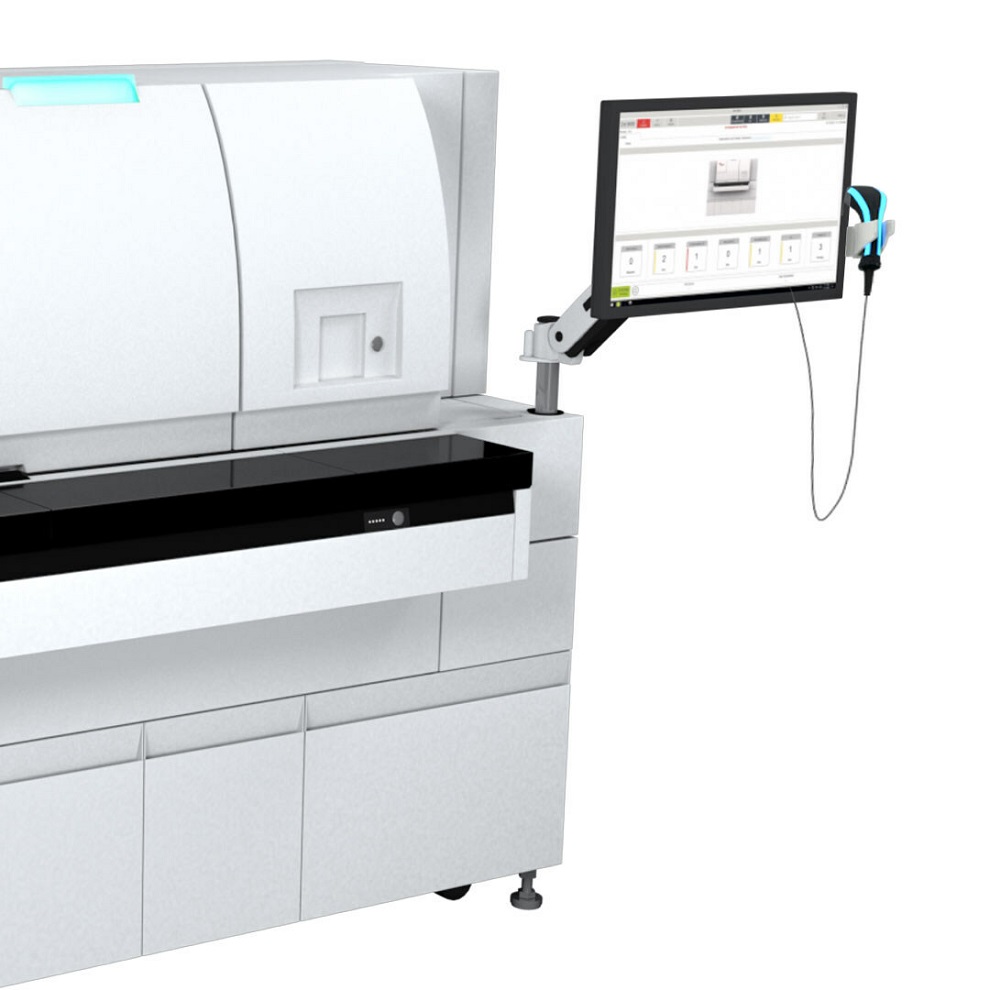
New CE-Marked Hepatitis Assays to Help Diagnose Infections Earlier
According to the World Health Organization (WHO), an estimated 354 million individuals globally are afflicted with chronic hepatitis B or C. These viruses are the leading causes of liver cirrhosis, liver... Read more
1 Hour, Direct-From-Blood Multiplex PCR Test Identifies 95% of Sepsis-Causing Pathogens
Sepsis contributes to one in every three hospital deaths in the US, and globally, septic shock carries a mortality rate of 30-40%. Diagnosing sepsis early is challenging due to its non-specific symptoms... Read morePathology
view channel.jpg)
Use of DICOM Images for Pathology Diagnostics Marks Significant Step towards Standardization
Digital pathology is rapidly becoming a key aspect of modern healthcare, transforming the practice of pathology as laboratories worldwide adopt this advanced technology. Digital pathology systems allow... Read more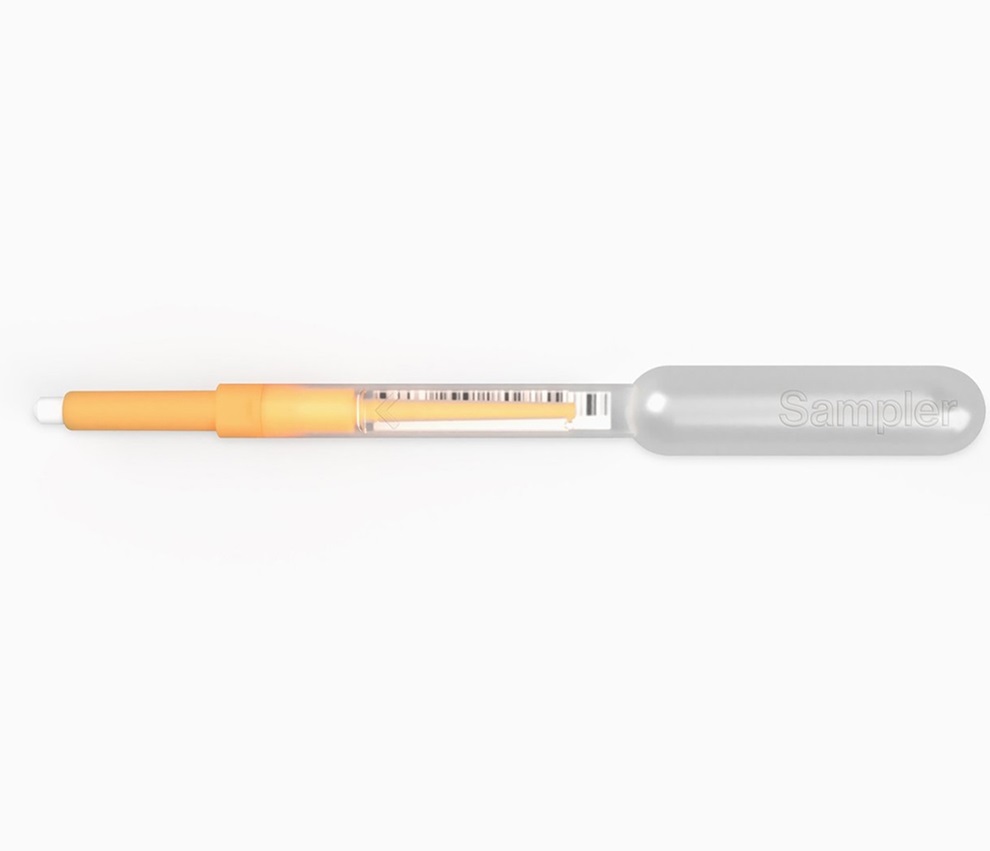
First of Its Kind Universal Tool to Revolutionize Sample Collection for Diagnostic Tests
The COVID pandemic has dramatically reshaped the perception of diagnostics. Post the pandemic, a groundbreaking device that combines sample collection and processing into a single, easy-to-use disposable... Read moreAI-Powered Digital Imaging System to Revolutionize Cancer Diagnosis
The process of biopsy is important for confirming the presence of cancer. In the conventional histopathology technique, tissue is excised, sliced, stained, mounted on slides, and examined under a microscope... Read more
New Mycobacterium Tuberculosis Panel to Support Real-Time Surveillance and Combat Antimicrobial Resistance
Tuberculosis (TB), the leading cause of death from an infectious disease globally, is a contagious bacterial infection that primarily spreads through the coughing of patients with active pulmonary TB.... Read moreTechnology
view channel
New Diagnostic System Achieves PCR Testing Accuracy
While PCR tests are the gold standard of accuracy for virology testing, they come with limitations such as complexity, the need for skilled lab operators, and longer result times. They also require complex... Read more
DNA Biosensor Enables Early Diagnosis of Cervical Cancer
Molybdenum disulfide (MoS2), recognized for its potential to form two-dimensional nanosheets like graphene, is a material that's increasingly catching the eye of the scientific community.... Read more
Self-Heating Microfluidic Devices Can Detect Diseases in Tiny Blood or Fluid Samples
Microfluidics, which are miniature devices that control the flow of liquids and facilitate chemical reactions, play a key role in disease detection from small samples of blood or other fluids.... Read more
Breakthrough in Diagnostic Technology Could Make On-The-Spot Testing Widely Accessible
Home testing gained significant importance during the COVID-19 pandemic, yet the availability of rapid tests is limited, and most of them can only drive one liquid across the strip, leading to continued... Read moreIndustry
view channel_1.jpg)
Thermo Fisher and Bio-Techne Enter Into Strategic Distribution Agreement for Europe
Thermo Fisher Scientific (Waltham, MA USA) has entered into a strategic distribution agreement with Bio-Techne Corporation (Minneapolis, MN, USA), resulting in a significant collaboration between two industry... Read more
ECCMID Congress Name Changes to ESCMID Global
Over the last few years, the European Society of Clinical Microbiology and Infectious Diseases (ESCMID, Basel, Switzerland) has evolved remarkably. The society is now stronger and broader than ever before... Read more